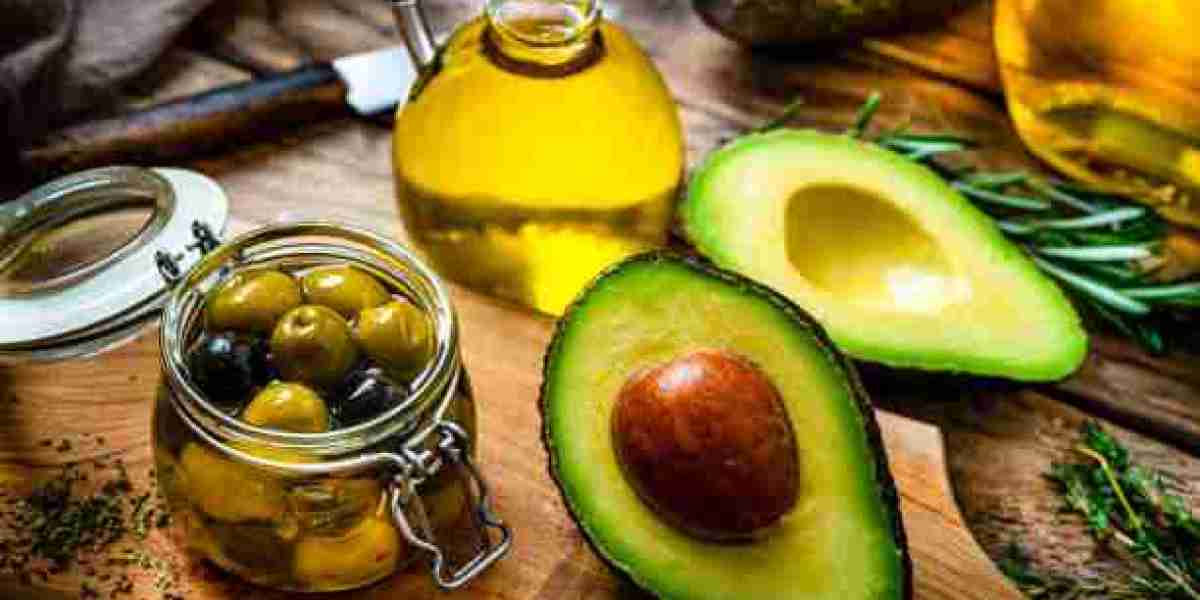Cryogenic valves are specialized valves designed to handle extremely low temperatures, typically below -150 degrees Celsius (-238 degrees F). These valves are very important for industries that deal with Liquefied petroleum gas such as LNG, LPG, liquid nitrogen liquid oxygen, etc. The primary function of a cryogenic valve is to control the flow of cryogenic fluids safely and efficiently. This blog explores the working principle, design features, applications, and operational mechanisms.
What is a Cryogenic valve?
These valves are engineered to operate in environments and conditions where other standard valves will fail, which may be due to extreme cold or other harsh conditions. The main function of cryogenic valves is to ensure reliable performance under harsh conditions, tight seals, and smooth operations.
Features
Let us look at the important features of cryogenic valves:
1. Materials: they are made from materials that can withstand low temperatures without becoming brittle, like stainless steel, specialized alloys, etc.
2. Extended bonnet: provides a thermal barrier to protect the valve’s packing and actuator from extreme cold.
3. Low-temperature seals: special seals and packing materials that can withstand low temperatures, without losing their integrity and flexibility to prevent leaks.
4. Pressure relief mechanism: pressure can be released safely using the built-in mechanism, which is caused by the evaporation of the cryogenic fluids.
Working principle of Cryogenic valves
1. Thermal isolation
Its critical feature is its ability to isolate the internal components from the external environment thermally. The extended bonnet design acts as a thermal barrier and reduces the transfer of cold temperatures from the valve body to the actuator and also from the surrounding environment. It prevents freezing of the valve stem.
2. Valve Operations
Cryogenic valves operate in the same way as other conventional valves, but with a little modification, as it works to handle low temperatures.
· Cryogenic gate valves: The flow control is achieved using a flat gate. When the valve opens, the gate will be lifted out of the fluid path. When closed, the gate will be lowered to block the path of the flow. The extended bonnet helps to ensure that the stem and actuator remain at a specific ambient temperature without freezing.
· Cryogenic globe valves: have a movable disk like in the globe valves, with a stationary ring seat in a spherical or globular body. The disk is raised or lowered for the regulation of the flow. extended bonnet provides thermal isolation, and aids for the prevention of operational issues that may occur due to the low temperatures.
· Cryogenic Ball valves: a spherical-shaped disc is used for controlling the flow. the ball will rotate within the valve body for opening or closing the flow path. Special low-temperature seals are used to ensure tight sealing at cryogenic temperatures.
· . Leak prevention and sealing
Standard sealing materials can turn brittle or result in failure, during cryogenic temperatures. Specia elastomers or metallic seal designs are used in cryogenic valves to remain flexible and provide tight proof under extreme conditions. Valve design of cryogenic valves, ensures minimal leakage which is important for the maintenance of safety and efficiency of cryogenic systems.
4. Pressure relief system
Cryogenic fluids have a high expansion ratio and can expand significantly when warmed. And this results in a rapid increase in pressure inside the valve and associated piping. Cryogenic valves thus include pressure relief features for the safe release of built-up pressure. These features will help to prevent potential damage or safety hazards.
Applications
Cryogenic valves are useful in many varieties of applications, and are highly used in different industries with specific requirements for handling low temperature fluids.
1. LNG (Liquified Natural gas)
For the storage and transportation, in LNG Plants, cryogenic valves are utilized to control the flow of LNG Gases. Suitable to handle low temperatures as -162 degree Celsius.
2. Air separation Plants
The separation of atmospheric air into its primary components (like nitrogen, oxygen, and argon) is done at these plants, at cryogenic temperatures. So, valves used here should be able to control the flow of these gases in both liquid and vapor forms.
3. Space Exploration
Cryogenic valves are crucial in managing fuels such as liquid hydrogen, liquid oxygen, etc, in aerospace industries. They are useful in rocket propulsion systems.
4. Cryogenic storage and transportation
ISO containers and tanker trucks are cryogenic storage tanks and transport vessels. They rely on cryogenic valves to manage the flow of liquified gases. To ensure safe loading and unloading operations, and to maintain the integrity of cryogenic fluids throughout the transportation, cryogenic valves are of great help.
Maintenance
Cryogenic valves are required to be inspected regularly for signs of wear, corrosion or any damage. It is essential for its reliable operations and durability. It is very important to check the seals, packing, and bonnets for any signs of deterioration or leakages. Proper lubrication of the entire valve system and other moving parts is an integral procedure to ensure the smooth functioning of cryogenic valves. Make sure the lubricant used is suitable for cryogenic fluids and conditions, to prevent freezing.
Periodic testing and calibration of the valves are recommended as these valves usually operate within specified parameters. So checking the opening, and closing times and calibrating the pressure relief parameters, help prevent malfunction of the valves.
Conclusion
As discussed, it is clear cryogenic valves are an important component in industries that work under very low temperatures, or areas where cryogenic fluids are handled, for safety operations, and efficiency and to protect the systems from any potential hazards. Their special features like extended bonnets, specialized materials, and low-temperature seals are useful in handling the challenges caused by cryogenic fluids or environments. It is always crucial to understand the working principle of cryogenic valves, before it is chosen for such industries, to ensure the reliability and optimize the operations of their cryogenic systems. The demand for cryogenic valves is growing in Europe, as technology advances. For the best quality Cryogenic valves in Europe, opt for ValvesOnly Europe!








